Exterior Design: Creating Stunning Facades and Outdoor Spaces
In the realm of architecture and home design, exterior design plays a crucial role in setting the tone for the entire structure. Exterior design encompasses more than just aesthetics; it’s about creating a harmonious blend of form and function that not only enhances the visual appeal of a property but also improves its overall functionality and energy efficiency. This comprehensive guide delves into the multifaceted world of outside design, exploring various aspects from traditional approaches to cutting-edge modern techniques.
Understanding Exterior Design
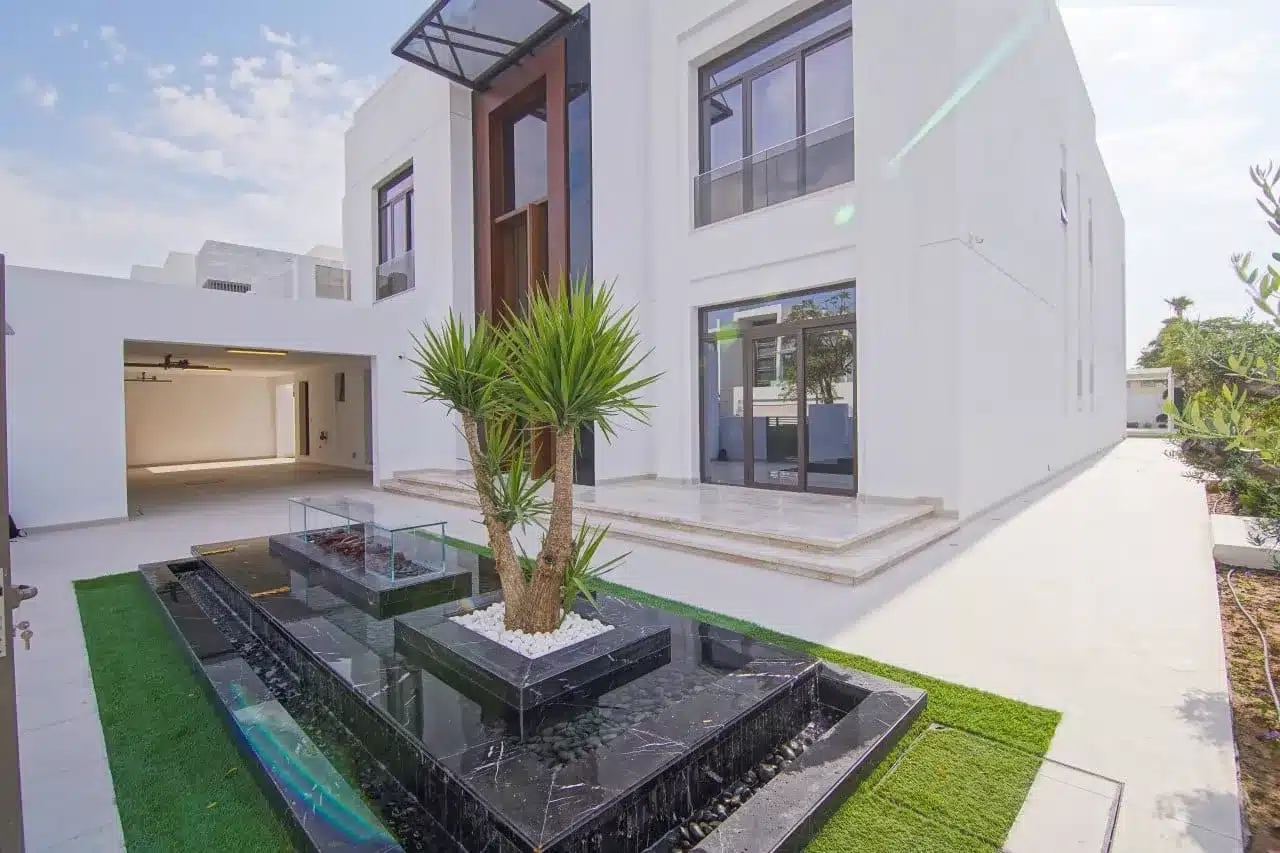
Exterior design refers to the process of creating and implementing the outward appearance and functionality of a building. This includes everything from the architectural style and facade materials to landscaping and outdoor living spaces. A well-executed outside design not only enhances the curb appeal of a property but also contributes to its value, energy efficiency, and the overall quality of life for its occupants.
The Importance of Exterior Design
- First Impressions: The exterior of a home or building is the first thing people see, making it crucial for creating a positive initial impact.
- Property Value: A thoughtfully designed exterior can significantly increase a property’s market value and attractiveness to potential buyers.
- Energy Efficiency: Proper outside design can contribute to better insulation and natural lighting, reducing energy costs.
- Functionality: Well-designed exteriors can enhance the usability of outdoor spaces, creating seamless transitions between indoor and outdoor living areas.
- Neighborhood Aesthetics: Attractive outside designs contribute to the overall appeal and character of a neighborhood or community.
Key Elements of Exterior Design
Architectural Style
The architectural style of a building forms the foundation of its outside design. Popular styles include:
- Modern: Characterized by clean lines, minimalism, and often featuring large windows and flat roofs.
- Contemporary: A blend of modern and traditional elements, often with unique shapes and mixed materials.
- Mediterranean: Known for stucco walls, terracotta roofs, and arched windows.
- Colonial: Symmetrical facades, multi-pane windows, and often featuring columns or pillars.
- Victorian: Ornate details, steep roofs, and vibrant color schemes.
- Craftsman: Low-pitched roofs, wide eaves, and natural materials like wood and stone.
Facade Materials
The choice of facade materials significantly impacts both the appearance and performance of a building’s exterior. Common materials include:
- Brick: Durable, classic, and available in various colors and textures.
- Stone facades: Blending timeless aesthetics with unparalleled longevity.
- Wood: Provides warmth and versatility, suitable for various architectural styles.
- Stucco: Smooth or textured finish, popular in Mediterranean and Spanish-style homes.
- Vinyl Siding: Low-maintenance and cost-effective, available in many colors and styles.
- Fiber cement cladding: A chameleon of exteriors – robust, flame-resistant, and versatile in appearance.
- Metal: Modern and sleek, often used in contemporary designs.
Color Schemes
The color palette chosen for a building’s exterior can dramatically affect its overall appearance. Factors to consider when selecting colors include:
- Architectural Style: Certain styles are associated with specific color palettes.
- Surrounding Environment: Colors should complement the natural landscape and neighboring buildings.
- Climate: Lighter colors reflect heat in warm climates, while darker colors absorb heat in cooler regions.
- Personal Preference: The homeowner’s taste plays a significant role in color selection.
- Resale Value: Neutral colors often have broader appeal in the real estate market.
Roofing
The roof is a critical component of outside design, influencing both aesthetics and functionality. Key considerations include:
- Material: Options range from traditional asphalt shingles to metal, slate, or clay tiles.
- Shape: Gabled, hipped, flat, or more complex designs like mansard or gambrel roofs.
- Color: Should complement the overall color scheme of the exterior.
- Energy Efficiency: Cool roofs can significantly reduce cooling costs in hot climates.
Windows and Doors
Windows and doors are essential elements that bridge the interior and exterior of a building:
- Window Styles: Double-hung, casement, bay, picture, or specialty shapes.
- Door Designs: From traditional wooden doors to modern glass and metal entries.
- Energy Efficiency: Double or triple-paned windows and insulated doors improve thermal performance.
- Security: Consider features like reinforced frames and multi-point locking systems.
Lighting
Exterior lighting serves both functional and aesthetic purposes:
- Safety and Security: Illuminating walkways, entrances, and potential hiding spots.
- Ambiance: Creating a welcoming atmosphere with soft, warm lighting.
- Highlighting Features: Using spotlights or uplighting to accentuate architectural elements.
- Energy Efficiency: LED fixtures and solar-powered options for sustainability.
o learn more we advise you to read our article about Light Design in Home
Landscaping
Landscaping is an integral part of outside design, creating a cohesive outdoor environment:
- Plant Selection: Choose plants that complement the architectural style and thrive in the local climate.
- Hardscape integration: Elevating outdoor spaces with functional, sculptural elements.
- Water Features: Fountains, ponds, or waterfalls can add visual interest and soothing sounds.
- Outdoor Living Spaces: Design areas for relaxation, dining, or entertainment.
Exterior Design for Homes
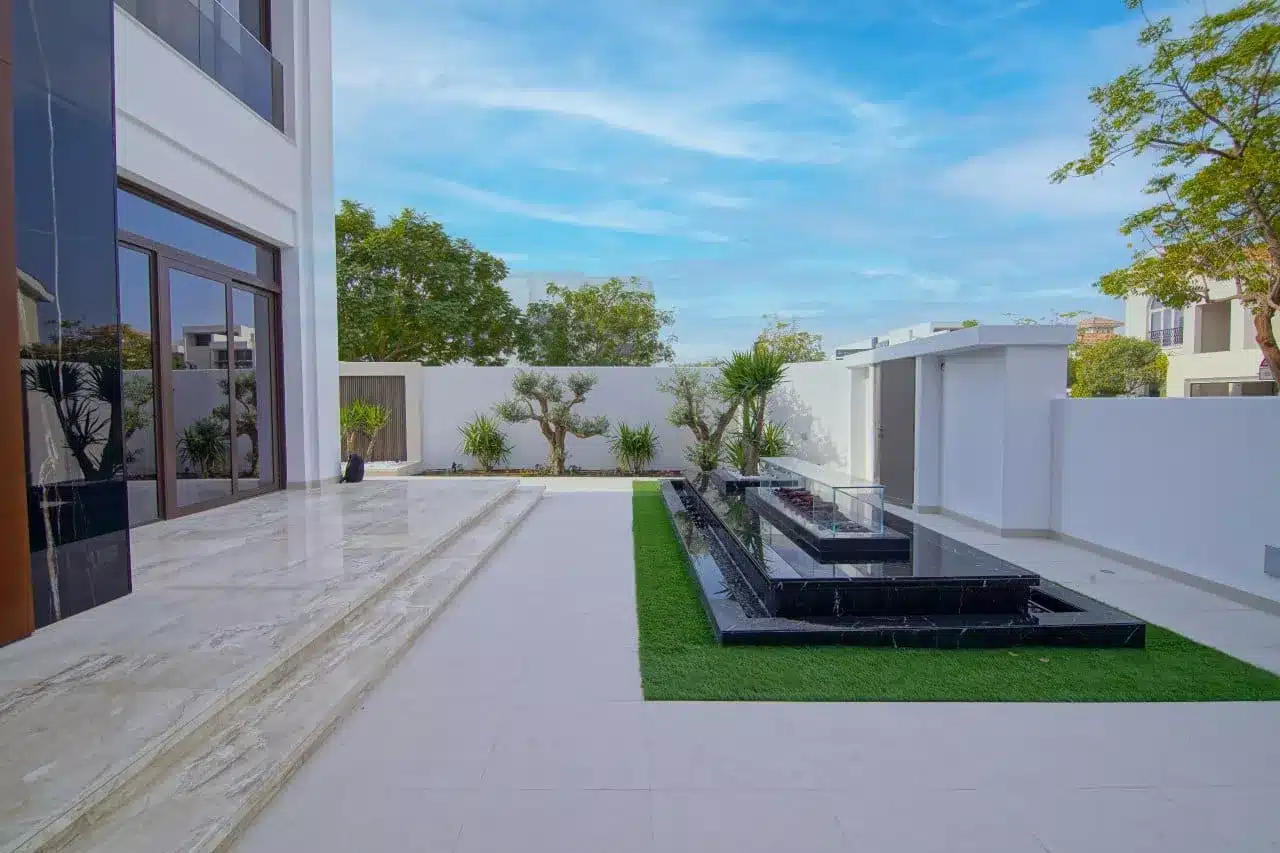
When it comes to residential outside design, creating a welcoming and personalized facade is paramount. The outside design for home projects requires careful consideration of various elements to achieve a harmonious and attractive result.
Balancing Curb Appeal and Functionality
- Entryway Focus: Design an inviting entrance with elements like a porch, stylish door, and complementary lighting.
- Proportions: Ensure architectural elements are properly scaled to the home’s overall size.
- Symmetry vs. Asymmetry: Choose a balanced approach that suits the home’s style and the homeowner’s preferences.
- Texture Variety: Incorporate a mix of textures through materials and landscaping to add visual interest.
outside design Home Improvements
Enhancing the outside design of a home can significantly impact its overall appeal and value. Some key improvements include:
- Siding Updates: Replacing or refreshing siding can dramatically change a home’s appearance.
- Window Replacements: Modern, energy-efficient windows can enhance both aesthetics and performance.
- Front Door Upgrade: A new front door can serve as a focal point and improve energy efficiency.
- Roof Replacement: A new roof not only protects the home but can also update its overall look.
- Landscaping Enhancements: From simple garden beds to elaborate hardscaping projects.
House Paint outside design
Choosing the right paint colors and application techniques can transform a home’s exterior:
- Color Scheme Selection: Consider a three-color approach – main color, trim color, and accent color.
- Testing Colors: Use large swatches or paint samples directly on the house to see how colors look in different lighting conditions.
- Architectural Highlights: Use paint to accentuate interesting architectural features.
- Durability: Choose high-quality, weather-resistant paints suitable for exterior applications.
- Neighborhood Considerations: While personal preference is important, consider how your color choices fit within the context of your neighborhood.
Modern House Exterior Design
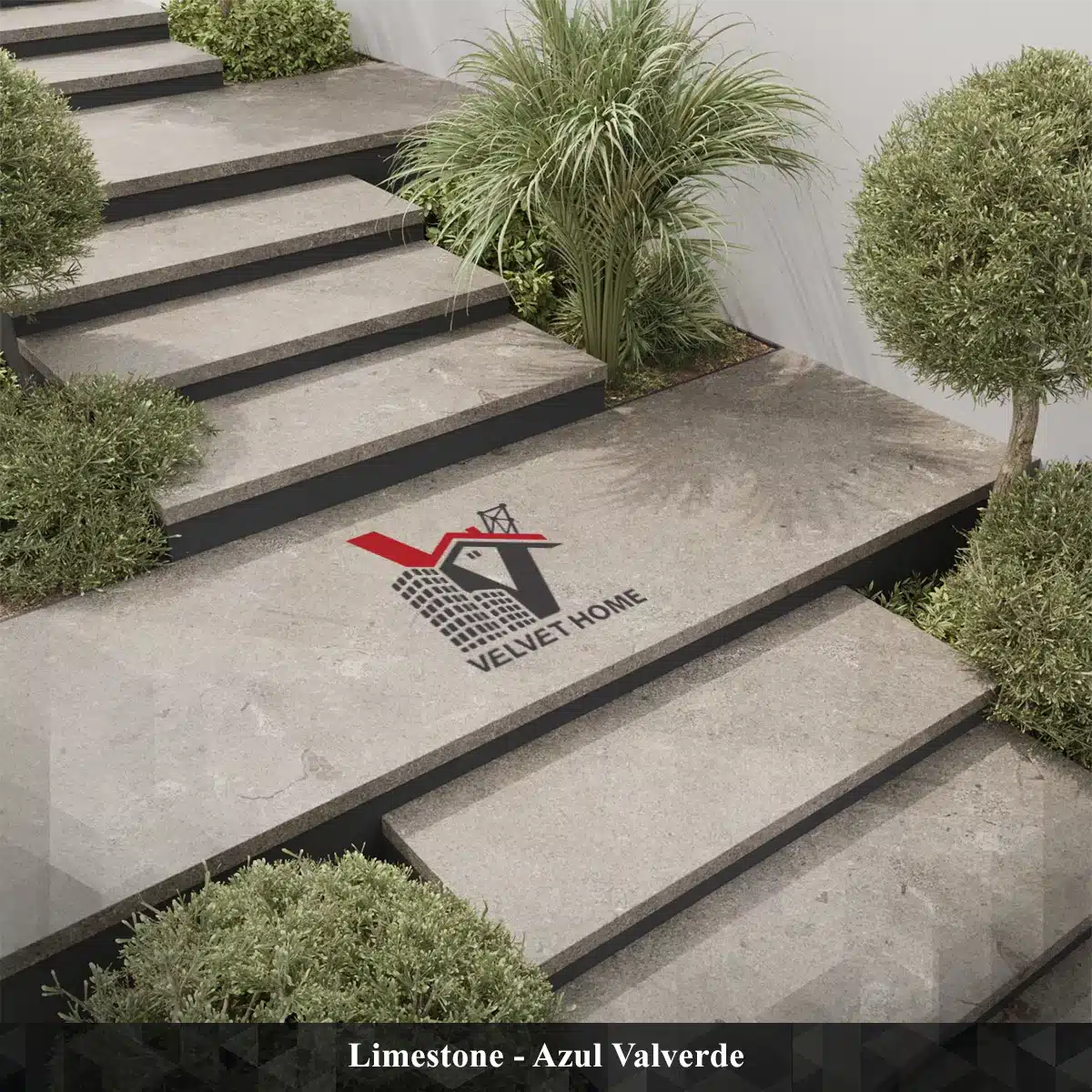
Modern outside design is characterized by clean lines, minimalist aesthetics, and innovative use of materials. The modern house outside design approach focuses on simplicity, functionality, and a strong connection to the surrounding environment.
Geometric Shapes and Clean Lines
- Flat or Low-Pitched Roofs: Often with overhanging eaves.
- Large Windows: Floor-to-ceiling windows or expansive glass walls.
- Minimalist Detailing: Absence of ornate decorations or traditional embellishments.
- Emphasis on Horizontal Lines: Long, low profiles that integrate with the landscape.
Innovative Materials
- Concrete: Exposed concrete for a raw, industrial look.
- Metal: Steel, aluminum, or copper for sleek, contemporary facades.
- Glass: Large expanses of glass for transparency and light.
- Sustainable Materials: Recycled or eco-friendly options for environmentally conscious designs.
Indoor-Outdoor Connection
- Seamless Transitions: Large sliding or folding doors that open to outdoor living spaces.
- Courtyards and Atriums: Integrating nature within the building’s footprint.
- Rooftop Gardens: Utilizing roof space for green areas and outdoor living.
Sustainable Features
- Solar Panels: Integrated into the roof or as standalone structures.
- Green Walls: Vertical gardens that provide insulation and visual interest.
- Rainwater Harvesting Systems: Incorporated into the design for water conservation.
- Smart exterior systems: Enhancing home management through cutting-edge automation.
outside design Modern House Examples
- The Glass House: Philip Johnson’s iconic 1949 design showcases the use of glass walls and minimalist structure.
- Fallingwater: Frank Lloyd Wright’s masterpiece exemplifies organic architecture and integration with nature.
- Villa Savoye: Le Corbusier’s revolutionary design featuring his “Five Points of Architecture.”
- Farnsworth House: Mies van der Rohe’s glass and steel pavilion epitomizes modernist principles.
Modern Villa Exterior Design
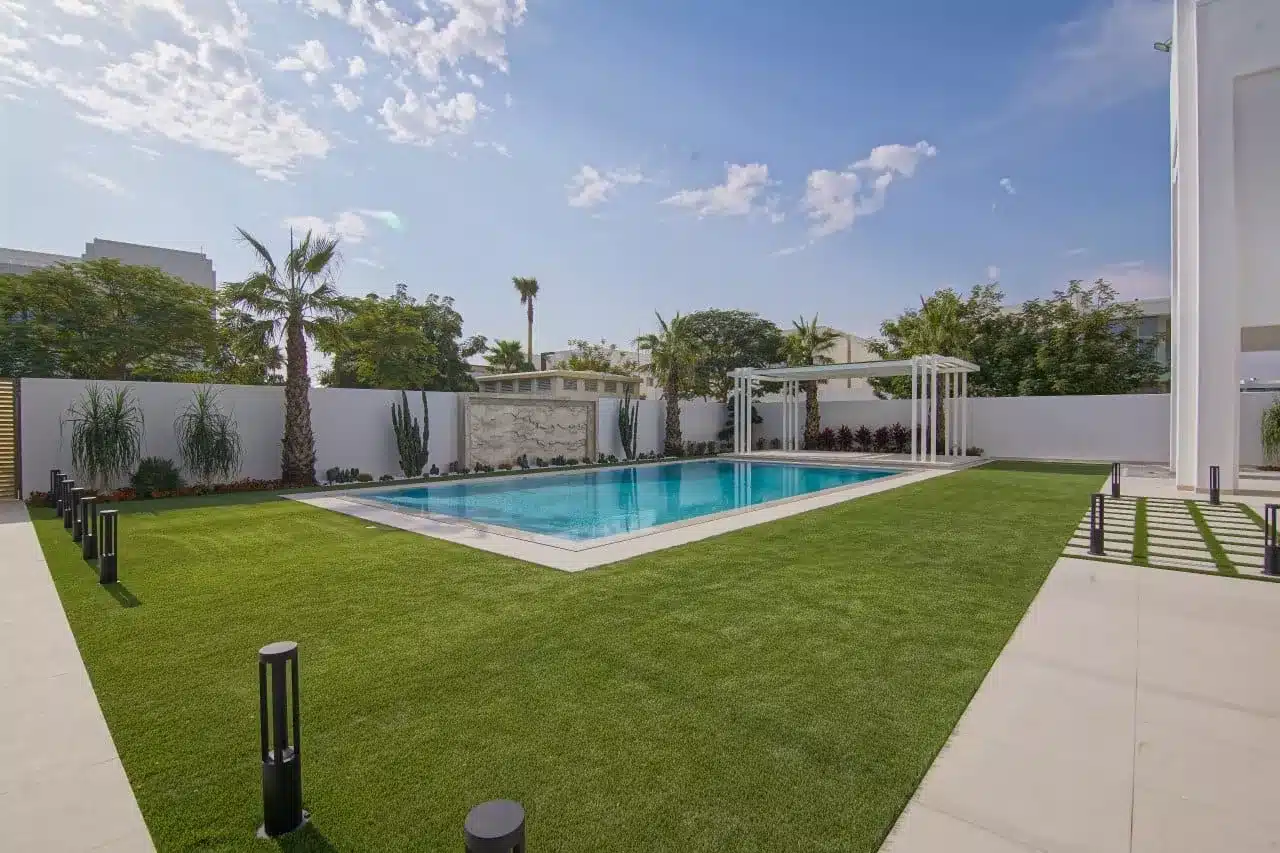
Modern villa outside design takes the principles of modern architecture and applies them to larger, more luxurious residential structures. These designs often push the boundaries of innovation and aesthetics.
Grandeur and Scale
- Imposing Facades: Large-scale geometric forms that make a bold statement.
- Multi-Level Designs: Utilizing different levels to create visual interest and maximize views.
- Expansive Outdoor Spaces: Large terraces, infinity pools, and landscaped gardens.
Luxurious Materials
- High-End Stone: Marble, travertine, or exotic granites for exterior cladding.
- Custom Metalwork: Bespoke metal elements for railings, gates, and decorative features.
- Premium Wood: Exotic hardwoods for decking and architectural accents.
Advanced Technology Integration
- Smart Exterior Lighting: Programmable LED systems for ambiance and security.
- Automated Shading Systems: Motorized exterior shades or louvers for climate control.
- High-Tech Security: Integrated cameras, sensors, and access control systems.
Sustainable Luxury
- Energy-Efficient Design: Passive solar design principles and high-performance insulation.
- Water Conservation: Drought-resistant landscaping and greywater recycling systems.
- Renewable Energy Sources: Discreetly integrated solar panels or geothermal systems.
Indoor-Outdoor Living
- Disappearing Walls: Large sliding or folding glass walls that completely open to the outdoors.
- Outdoor Kitchens: Fully equipped cooking and dining areas integrated into the outside design.
- Private Courtyards: Secluded outdoor spaces that bring nature into the heart of the home.
To learn more we advise you to read our article about Interior Design Villa
Trends in Exterior Design
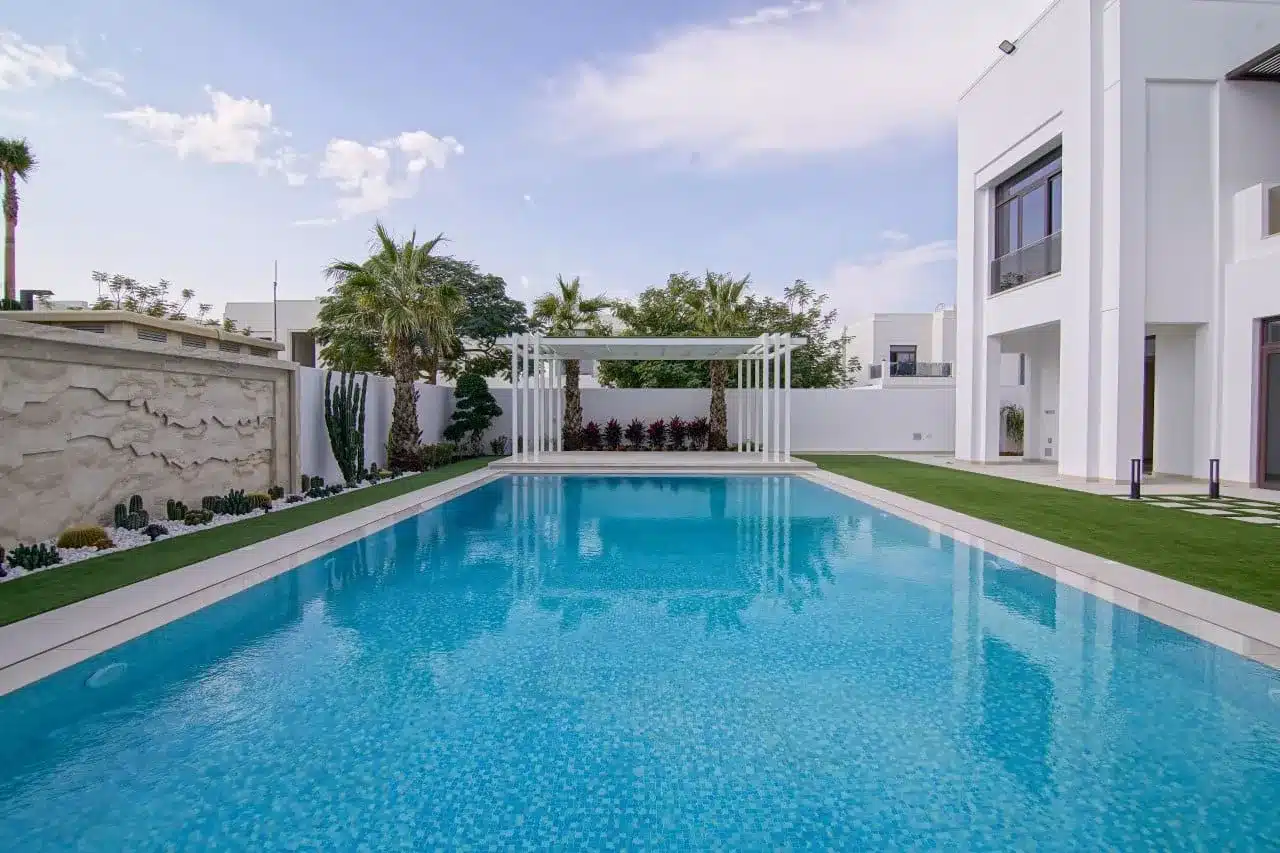
As with all aspects of design, exterior architecture is subject to evolving trends. Some current trends in outside design include:
Biophilic Design
Incorporating nature into the built environment:
- Living Walls: Vertical gardens integrated into exterior walls.
- Organic material revival: Embracing nature’s palette in contemporary architectural design.
- Blurred Boundaries: Designs that seamlessly blend indoor and outdoor spaces.
Smart Exteriors
Integration of technology for enhanced functionality:
- Automated Lighting and Shading: Responsive systems that adjust to environmental conditions.
- Smart Security: Integrated cameras, sensors, and access control.
- Intelligent energy orchestration: Adapting resource consumption to real-time environmental factors.
Mixed Materials
Combining different textures and materials for visual interest:
- Metal and Wood Combinations: Contrasting warm and cool elements.
- Glass and Stone: Balancing transparency with solidity.
- Textured Concrete: Using patterns and finishes to add depth to concrete surfaces.
Sustainable and Eco-Friendly Design
Prioritizing environmental responsibility:
- Net-Zero Homes: Designs that produce as much energy as they consume.
- Recycled and Upcycled Materials: Using repurposed materials in creative ways.
- Native Landscaping: Choosing plants that are adapted to the local climate and require less maintenance.
Bold Colors and Contrasts
Moving away from neutral palettes:
- Dark Exteriors: Deep blues, greys, and even blacks for dramatic facades.
- Colorful Accents: Using vibrant colors for doors, trim, or architectural features.
- Monochromatic Schemes: Exploring variations of a single color for a sophisticated look.
Challenges in outside design
Creating the perfect outside design comes with its share of challenges:
Climate Considerations
- Weather Resistance: Choosing materials and designs that can withstand local weather conditions.
- Energy Efficiency: Balancing aesthetic desires with the need for insulation and climate control.
- Sun Exposure: Managing natural light and heat gain through strategic design.
Regulatory Compliance
- Building Codes: Adhering to local regulations regarding height, setbacks, and materials.
- Historical Preservation: Balancing modern design desires with preservation requirements in historic districts.
- Homeowners’ Association Rules: Navigating design restrictions in planned communities.
Budget Constraints
- Material Costs: Balancing desired high-end materials with budget realities.
- Labor Expenses: Managing the costs of skilled craftsmen for complex designs.
- Long-Term Value: Investing in quality materials and construction for durability and energy efficiency.
Site Limitations
- Topography: Adapting designs to challenging landscapes or slopes.
- Existing Structures: Integrating new designs with existing buildings or features.
- Views and Orientation: Maximizing desirable views while maintaining privacy.
The Future of Exterior Design
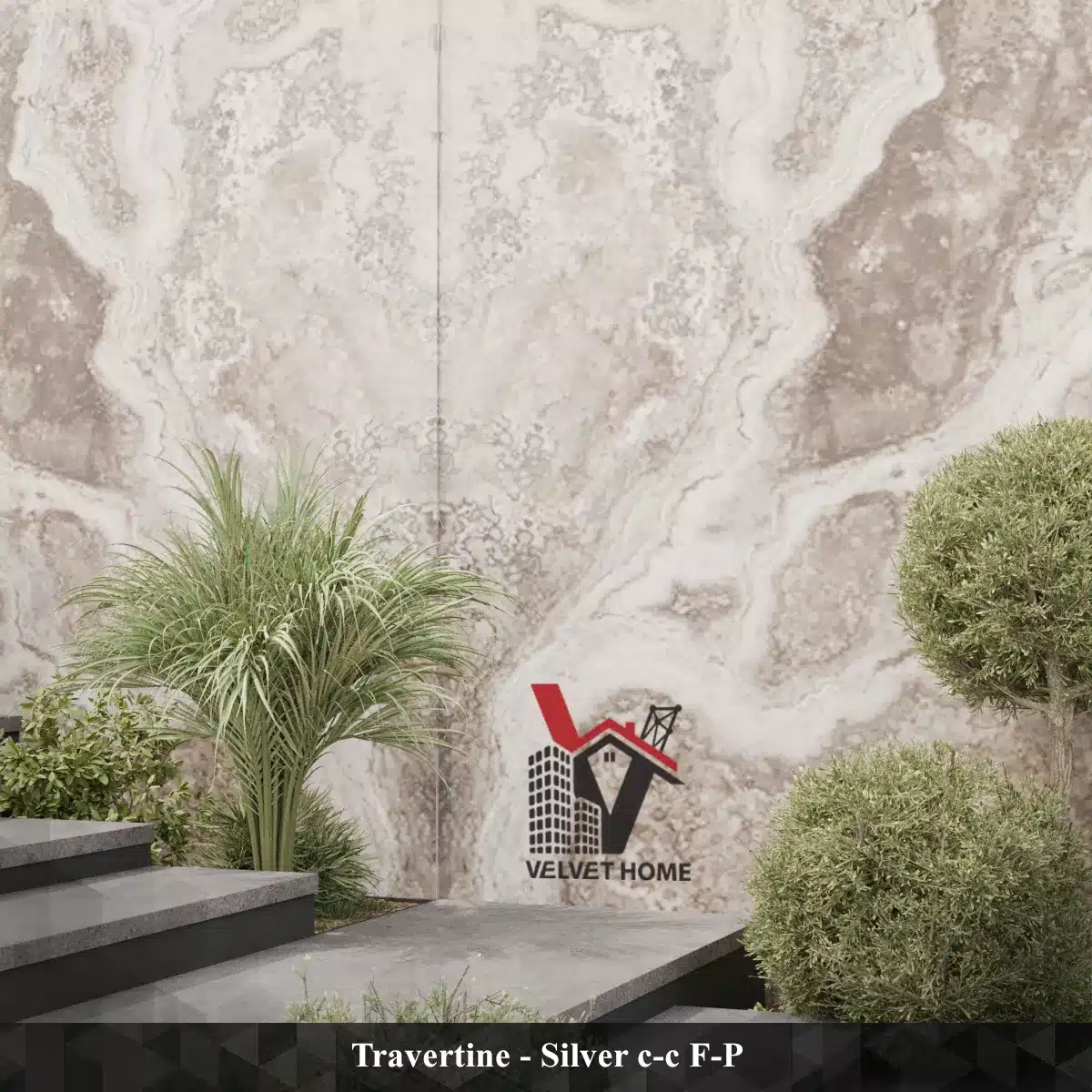
As we look to the future, several emerging trends and technologies are poised to shape the evolution of outside design:
Advanced Materials
- Self-Cleaning Surfaces: Nano-coatings that repel dirt and reduce maintenance needs.
- Adaptive Materials: Surfaces that change properties based on environmental conditions.
- 3D-Printed Structures: Custom-designed elements created on-site using additive manufacturing.
Augmented Reality in Design
- Virtual Visualization: Using AR to preview design changes in real-time.
- Interactive Planning: Allowing homeowners to experiment with different design options virtually.
- On-Site Problem Solving: Using AR to visualize solutions to design challenges during construction.
Artificial Intelligence in outside design
- Predictive Maintenance: AI systems that anticipate and prevent exterior wear and damage.
- Climate-Adaptive Design: Structures that automatically adjust to changing weather conditions.
- Personalized Aesthetics: AI-generated design suggestions based on individual preferences and needs.
Extreme Weather Resilience
- Storm-Resistant Designs: Structures engineered to withstand increasingly severe weather events.
- Flood-Adapted Architecture: Homes designed to coexist with rising water levels.
- Fire-Resistant Materials: Innovations in building materials to protect against wildfires.
Urban Integration
- Vertical Forests: High-rise buildings incorporating extensive vegetation.
- Productive Exteriors: Facades that generate energy or grow food.
- Community-Centric Design: Exteriors that foster social interaction and shared spaces.
- Adaptive Reuse: Transforming existing structures with innovative outside designs.
- Micro-Living Exteriors: Clever outside designs for compact urban dwellings.
Exterior Design for Different Climates
Adapting exterior design to specific climatic conditions is crucial for both aesthetics and functionality:
Hot and Arid Climates
- Light-Colored Exteriors: Reflecting sunlight to reduce heat absorption.
- Shading Elements: Overhangs, pergolas, and exterior shutters to minimize direct sunlight.
- Thermal Mass: Using materials that absorb heat during the day and release it at night.
- Minimal Windows: Strategically placed smaller windows to reduce heat gain.
Tropical Climates
- Raised Structures: Elevating buildings to improve air circulation.
- Large Overhangs: Protecting walls and windows from sun and rain.
- Permeable Exteriors: Designs that allow for natural ventilation.
- Moisture-Resistant Materials: Choosing finishes that withstand high humidity.
Cold Climates
- Compact Designs: Minimizing surface area to reduce heat loss.
- Highly Insulated Envelopes: Using advanced insulation techniques and materials.
- South-Facing Windows: Maximizing solar gain during winter months.
- Wind Barriers: Incorporating landscape elements to protect from cold winds.
Coastal Areas
- Corrosion-Resistant Materials: Using materials that withstand salt air.
- Storm-Resistant Construction: Reinforced structures to withstand high winds and flooding.
- Elevated Designs: Raising living spaces above potential flood levels.
- Natural Ventilation: Designs that capture cool sea breezes.
Exterior Design and Property Value
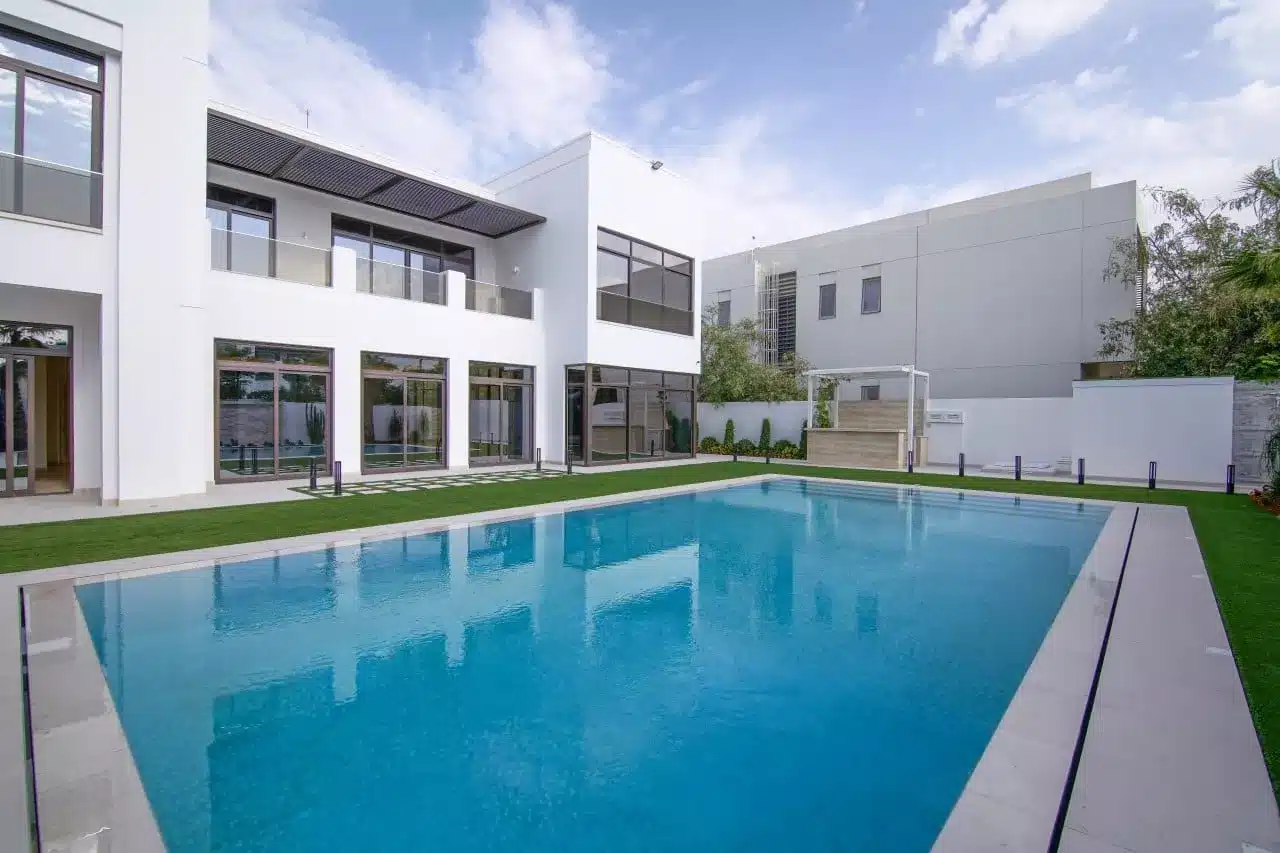
The impact of outside design on property value cannot be overstated:
- Curb Appeal: A well-designed exterior can significantly increase a property’s marketability.
- Energy Efficiency: Sustainable outside designs can lead to long-term cost savings and higher property values.
- Low Maintenance: Durable materials and smart designs can reduce upkeep costs and attract buyers.
- Timeless Appeal: Choosing classic design elements that withstand changing trends.
- Neighborhood Context: Designs that complement and enhance the overall aesthetic of the area.
DIY vs. Professional Exterior Design
Homeowners often face the decision of whether to tackle outside design projects themselves or hire professionals:
DIY outside design
- Cost Savings: Potential to reduce labor costs significantly.
- Personal Satisfaction: The rewarding experience of hands-on home improvement.
- Flexibility: Ability to work on projects at your own pace.
- Limitations: Some projects may be too complex or require special skills and tools.
Professional outside design Services
- Expertise: Access to experienced designers and architects.
- Time-Saving: Efficient project management and execution.
- Quality Assurance: Professional-grade materials and workmanship.
- Regulatory adherence: Navigating the complex landscape of building standards and local ordinances.
- Innovative Solutions: Access to cutting-edge design ideas and technologies.
Exterior Design for Commercial Buildings
Commercial outside design requires a different approach compared to residential projects:
- Brand Identity: Incorporating corporate colors, logos, and aesthetics.
- Functionality: Designing for high-traffic areas and multiple access points.
- Scalability: Creating designs that can accommodate future expansions.
- Sustainability: Implementing green building practices for corporate responsibility.
- Landmark Potential: Crafting unique designs that become recognizable urban features.
The Role of Technology in Exterior Design
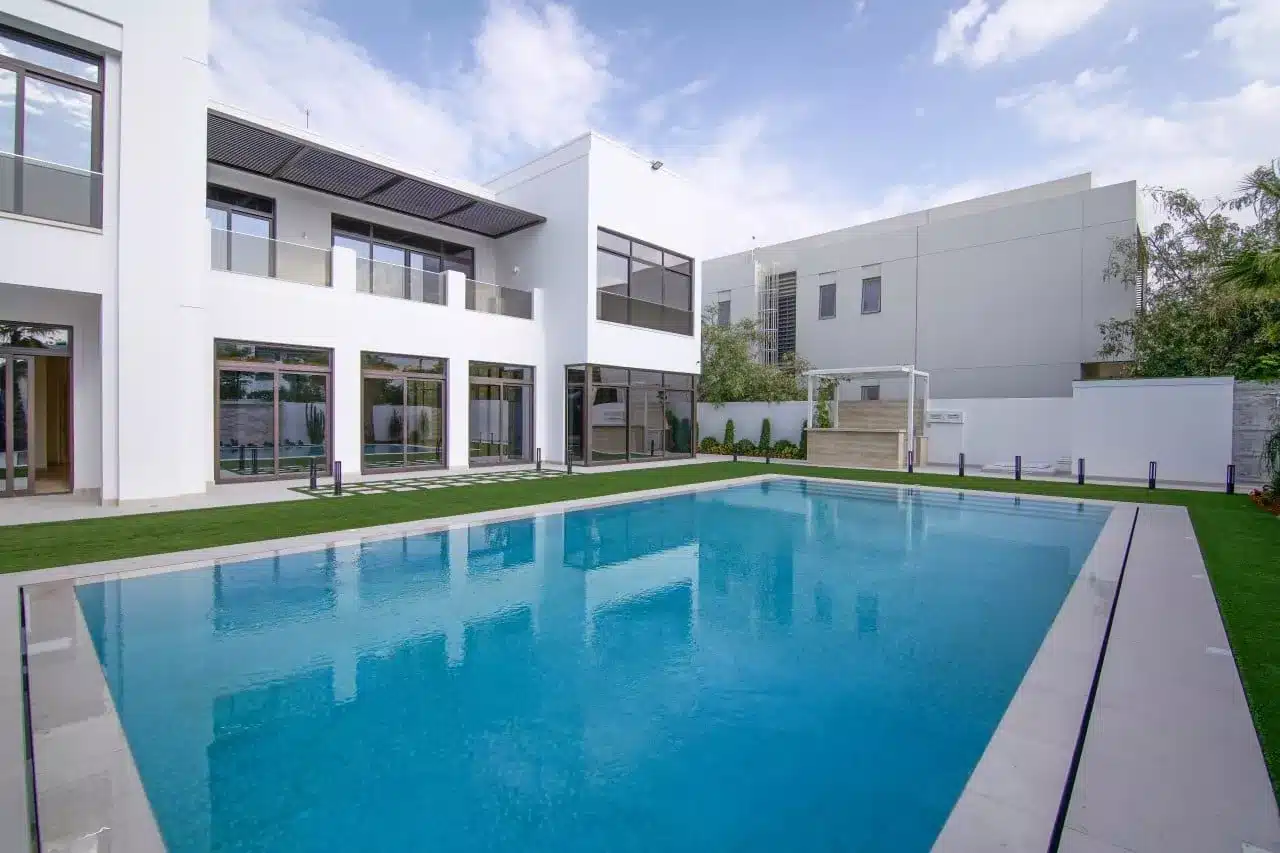
Advancements in technology are revolutionizing the outside design process:
- 3D Modeling: Creating detailed, realistic visualizations of outside designs.
- Building Information Modeling (BIM): Integrating design, construction, and maintenance information.
- Virtual Reality (VR): Allowing clients to experience designs before construction begins.
- Drone Technology: Capturing aerial imagery for site analysis and design inspiration.
- Parametric Design: Using algorithms to generate complex geometric patterns and structures.
Exterior Design and Cultural Influences
Exterior design often reflects cultural values and traditions:
- Vernacular Architecture: Incorporating local building techniques and materials.
- Historical References: Drawing inspiration from regional architectural history.
- Religious Symbolism: Integrating spiritual elements in outside design.
- Contemporary Interpretations: Modernizing traditional designs for current lifestyles.
- Global Fusion: Blending international design influences in multicultural contexts.
Sustainable Exterior Design Practices
As environmental concerns grow, sustainable outside design is becoming increasingly important:
- Solar-optimized architecture: Harnessing celestial energy through strategic structural positioning.
- Renewable Energy Integration: Incorporating solar panels, wind turbines, or geothermal systems.
- Rainwater Harvesting: Designing roofs and gutters to collect and store rainwater.
- Native Landscaping: Using local plants to reduce water consumption and support biodiversity.
- Recycled and Upcycled Materials: Utilizing eco-friendly materials in exterior construction.
Exterior Design for Small Spaces
Maximizing the potential of limited exterior areas requires creative solutions:
- Vertical Gardens: Utilizing wall space for greenery and visual interest.
- Multifunctional Elements: Designing features that serve multiple purposes.
- Optical Illusions: Using color, patterns, and lighting to create the perception of larger spaces.
- Compact Furniture: Selecting space-saving outdoor furniture and accessories.
- Minimalist Approach: Focusing on essential elements to avoid cluttered appearances.
The Psychology of Exterior Design
The psychological impact of outside design on inhabitants and visitors is significant:
- Color Psychology: Understanding how different hues affect mood and perception.
- Biophilic Elements: Incorporating natural elements to reduce stress and improve well-being.
- Proportions and Scale: Creating a sense of harmony and balance through proper sizing.
- Lighting Design: Using light to create ambiance and enhance security.
- Personalization: Allowing for individual expression within the overall design scheme.
Exterior Design Maintenance
Maintaining the beauty and functionality of outside designs is crucial:
- Regular Inspections: Scheduling periodic checks for wear and tear.
- Seasonal Preparations: Adapting exteriors for different weather conditions.
- Cleaning Protocols: Establishing routines for keeping exteriors looking fresh.
- Touch-Up Strategies: Addressing minor issues before they become major problems.
- Long-Term Preservation: Planning for the longevity of materials and finishes.
Conclusion:
Exterior design is a complex and ever-evolving field that combines aesthetics, functionality, and sustainability. From the classic elegance of traditional homes to the cutting-edge innovations of modern villas, outside design plays a crucial role in shaping our built environment and our daily lives.
As we’ve explored in this comprehensive guide, successful outside design requires a deep understanding of architectural principles, material properties, and environmental factors. It demands creativity to balance form and function, innovation to incorporate new technologies, and sensitivity to create harmonious relationships between buildings and their surroundings.
Whether you’re a homeowner looking to refresh your property’s curb appeal, an architect pushing the boundaries of modern design, or simply someone interested in the built environment, the world of outside design offers endless possibilities for exploration and expression.
As we look to the future, outside design will continue to evolve, driven by technological advancements, environmental concerns, and changing lifestyles. The challenge for designers and homeowners alike will be to create exteriors that are not only beautiful and functional but also sustainable and adaptable to the needs of future generations.
Velvet Home: Elevating Exterior Design to an Art Form
When it comes to turning your exterior design dreams into reality, Velvet Home velvet home stands at the forefront of innovation and excellence. As specialists in design and decor, Velvet Home brings a unique blend of creativity, expertise, and attention to detail to every project.
Velvet Home’s approach to outside design goes beyond mere aesthetics. Their team of skilled professionals understands that a truly great outside design must harmonize with its environment, reflect the personality of its inhabitants, and stand the test of time. Whether you’re looking to create a stunning modern villa exterior, revamp your home’s facade, or design an inviting commercial space, Velvet Home has the vision and skills to bring your ideas to life.
What sets Velvet Home apart is their commitment to personalized service. They don’t just offer cookie-cutter solutions; instead, they work closely with each client to understand their unique needs, preferences, and lifestyle. This tailored approach ensures that every outside design project is not just visually striking but also perfectly suited to its purpose and context.
If you’re ready to transform your exterior space into a masterpiece of design, look no further than Velvet Home. Visit their website at velvet home to explore their portfolio, learn more about their services, and take the first step towards creating an exterior that truly stands out. With Velvet Home, your dream exterior is not just a possibility – it’s a promise.
To calculate the cost or request a design, we have provided a website that makes the process easy for you. You can visit it here.






[…] To learn more we advise you to read our article about Modern Exterior Design for Homes […]
[…] To learn more we advise you to read our article about Modern Exterior Design for Homes […]
[…] To learn more we advise you to read our article about Modern Exterior Design for Homes […]
[…] To learn more we advise you to read our article about Modern Exterior Design for Homes […]